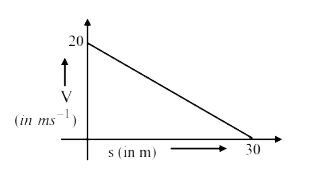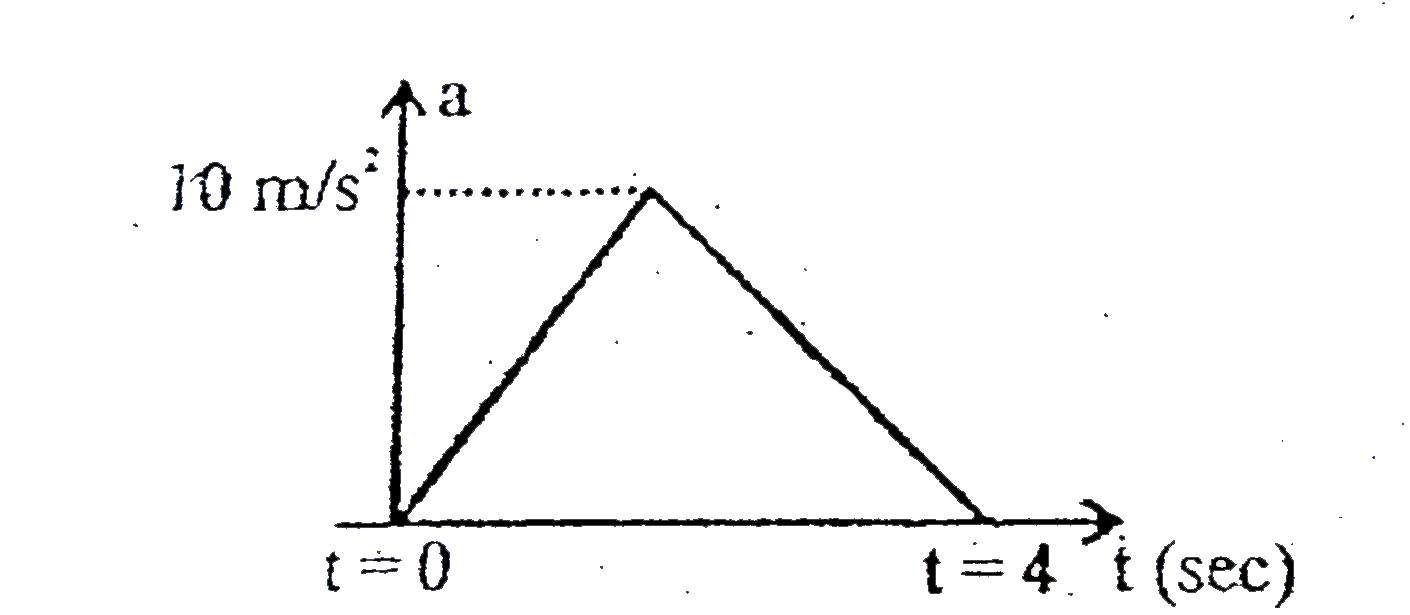If a particle moves along a line by S=√1+t then its acceleration is proportional to
square of the velocity
cube of the displacement
cube of the velocity
square of the displacement
The correct Answer is:C
We have,
s=√1+t
⇒dsdt=12√1+t
⇒dsdt=12s
⇒d2sdt2=−12s2dsdt=−12s2×12s=−14s3
⇒d2sdt2=−2×(12s)3=−2(dsdt)3
Topper's Solved these Questions
- DERIVATIVE AS A RATE MEASURER Book:OBJECTIVE RD SHARMA ENGLISHChapter:DERIVATIVE AS A RATE MEASURER Exercise:Exercise
Explore 26 Videos
- DERIVATIVE AS A RATE MEASURER Book:OBJECTIVE RD SHARMA ENGLISHChapter:DERIVATIVE AS A RATE MEASURER Exercise:Exercise
Explore 26 Videos
- DEFINITE INTEGRALSBook:OBJECTIVE RD SHARMA ENGLISHChapter:DEFINITE INTEGRALSExercise:Chapter Test 2
Explore 56 Videos
- DIFFERENTIAL EQUATIONSBook:OBJECTIVE RD SHARMA ENGLISHChapter:DIFFERENTIAL EQUATIONSExercise:Chapter Test
Explore 30 Videos
Similar Questions
A particle moves in a straight line so that s=√t, then its acceleration is proportional to
View SolutionA particle moves in a straight line so that s=√t, then its acceleration is proportional to
View SolutionFor a particle moving along a circular path the radial acceleration ar is proportional to t2 (square of time) . If az is tangential acceleration which of the following is independent of time
View SolutionFor a particle moving along circular path, the radial acceleration ax is proportional to time t. If at is the tangential acceleration, then which of the following will be independent of time t.
View SolutionThe velocity –position graph of a particle moving along a straight line is shown. Then acceleration of the particle at s = 15 m is :

View SolutionA particle moves in a straight line with acceleration proportional to x2, ( Where x is displacement). The gain of kinetic energy for any displacement is proportional to
View SolutionAcceleration time graph of a particle moving along a straight line is given. Then average acceleration between t=0 & t=4 is :−

View SolutionThe displacement (in metre) of a particle moving along X-axis is given by x=18t+5t2. The average acceleration during the interval t1=2s and t2=4s is
View SolutionA particle starts from origin and moves on a straight line path with an acceleration proportional to square of its displacement.Kinetic energy during displacement x will be
View SolutionIf the velocity of a paraticle moving along x-axis is given as v=(4t2+3t=1)m/s then acceleration of the particle at t=1sec is :
View Solution